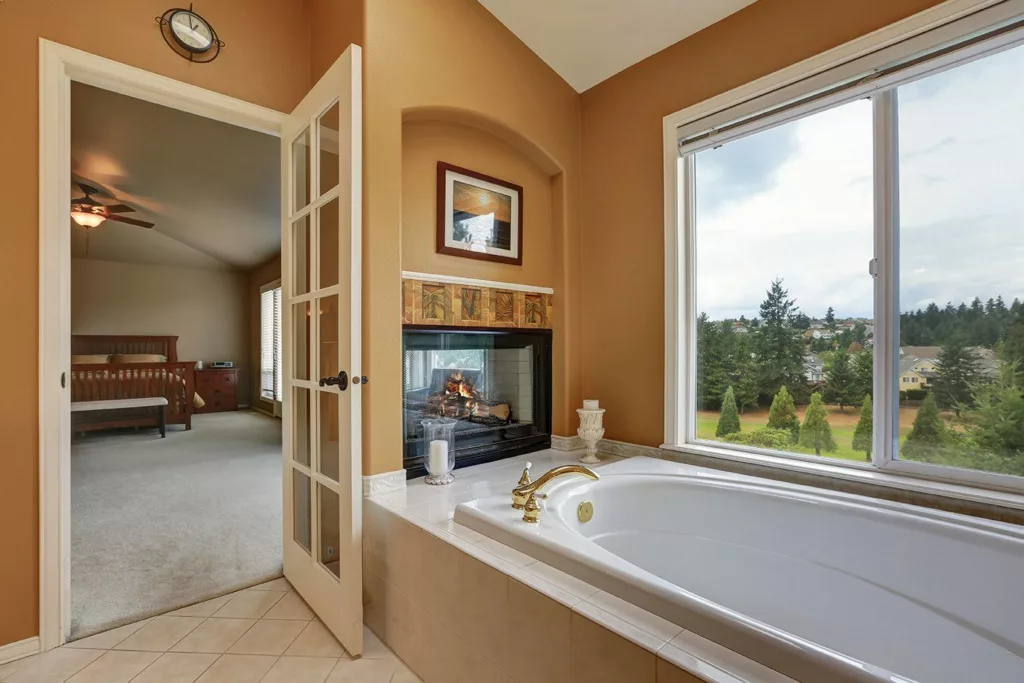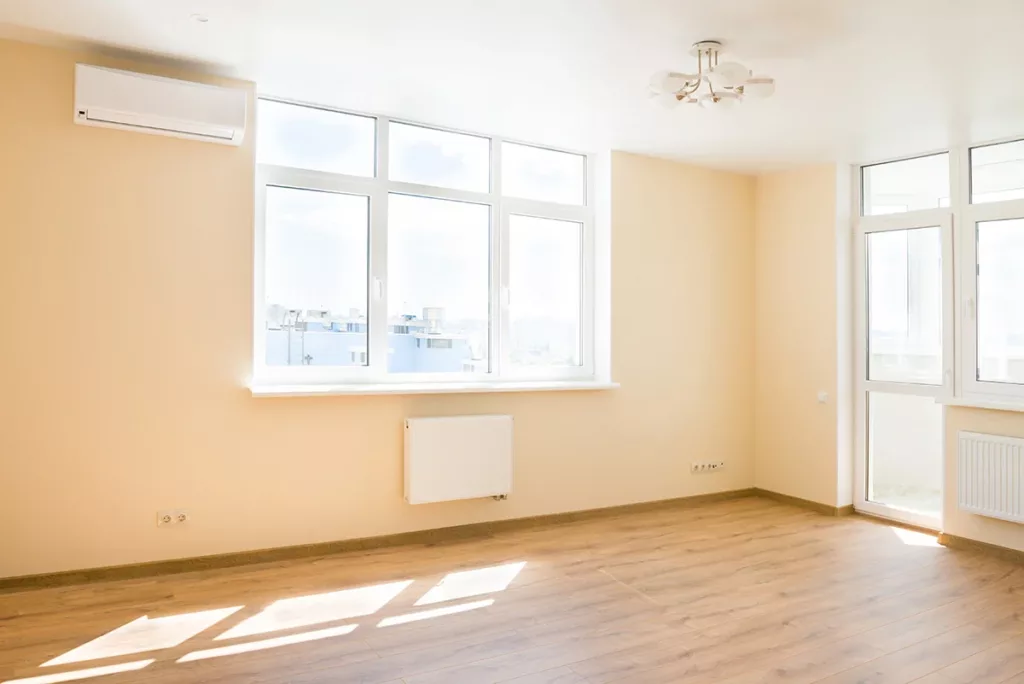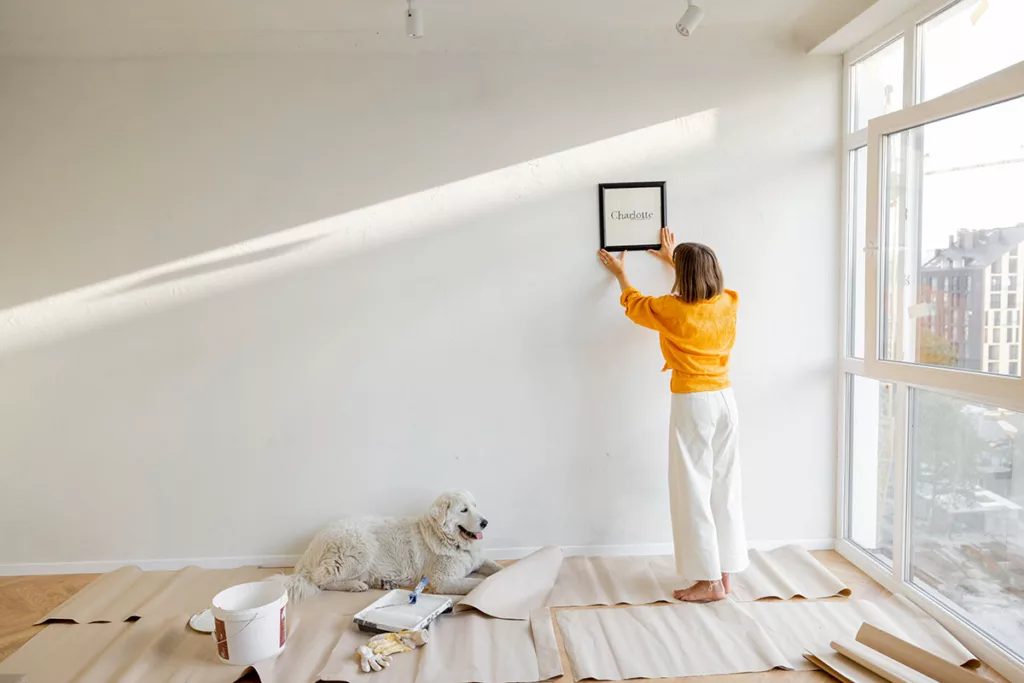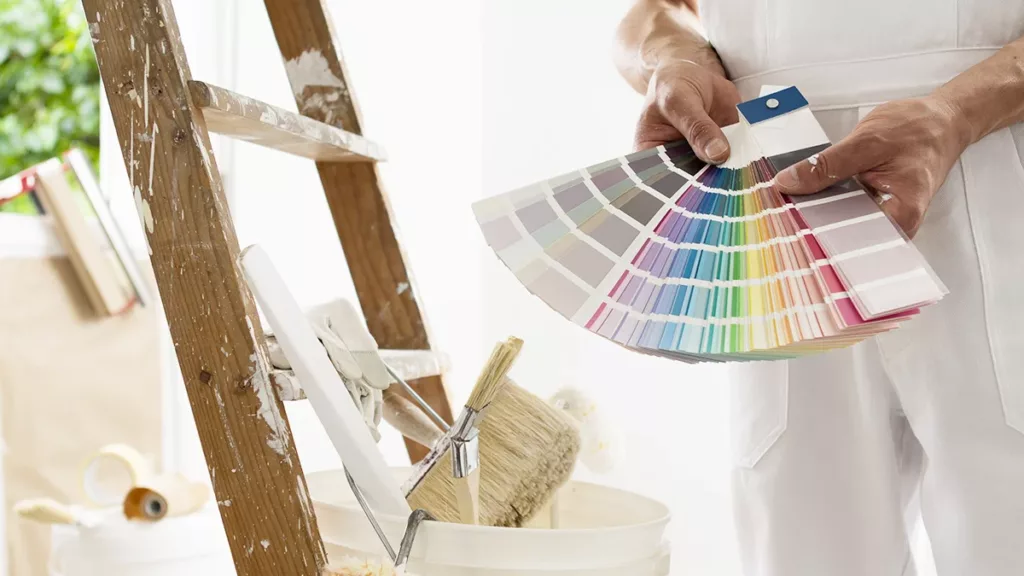Paint color is about so much more than aesthetics alone; it plays a crucial role in defining the vibe and atmosphere of your entire home. With even a basic understanding of paint color psychology, you can update any space to have amazing visual appeal and a specific ambiance. In this guide, we explain how paint color can influence the mood and atmosphere of your home, and provide tips for selecting the perfect shades for different spaces.
What Is Paint Color Psychology?
Paint color psychology is all about how colors affect human behaviors and emotions. Businesses have used color psychology to establish their brand and even influence purchasing decisions for years. In interior design, it helps homeowners create environments that evoke certain moods and feelings.
How Paint Colors Can Influence the Mood of a Room
According to color psychology, you can influence people’s emotions, perceptions, and even their actions using different paint colors. Below we provide an overview of different moods and atmospheres you can achieve in your home using specific paint colors.
Calming Paint Colors

Cool-toned paint colors can evoke feelings of calmness and relaxation in a home. Here are some suggestions:
Comforting Paint Colors

If you want a space to feel comforting, muted paint colors with warm tones can make a room cozy and inviting. Here are some examples:
Energizing Paint Colors

If you want a space to evoke feelings of energy and excitement, consider bright, warm paint colors for your home interior:
Neutral Paint Colors

Neutral paint colors like shades of grey and white are versatile and timeless. They aren’t busy or overwhelming, and they can make a space feel balanced and calming. Here are some suggestions:
Choosing the Right Paint Colors for Each Room

Selecting the right paint colors for each room is essential for establishing the mood you desire. For example, if you want a space to feel calming and relaxing, you may want to choose softer, muted shades instead of bold, bright colors.
Here are some popular paint color recommendations for specific rooms, and the mood and atmosphere they tend to evoke:
By selecting the right paint colors for your spaces, you can create a comforting home environment to enjoy for years to come.
Find Expert Residential Painting Services in Sonoma County
Selecting the right paint colors isn’t just about making a space look great; you want your home to feel great, too. Whether you’re designing a calming workspace or a cozy gathering area, understanding color psychology can help you find the perfect paint shade for every space.
A fresh coat of interior paint can instantly elevate the beauty and atmosphere of your home. For decades, Timmins Painting has been helping Sonoma County residents transform their living spaces with professional residential painting services. Contact us online today or request a FREE painting estimate to see how we can help bring your vision to life.

